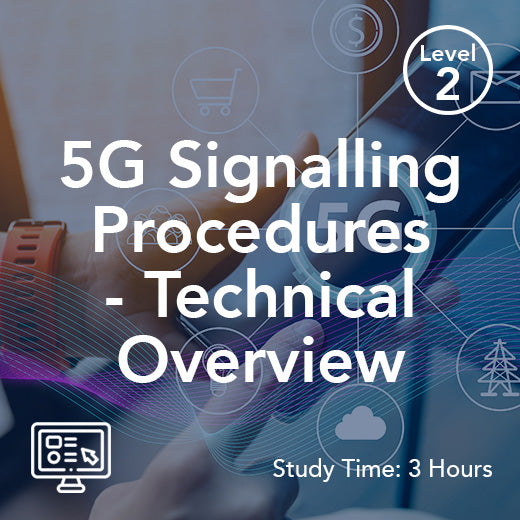TFC Taşıma Formatı Kombinasyonları
- , by Paul Waite
- 2 min reading time
TFC Taşıma Formatı Kombinasyonları veya kısaca TFCC'ler, özellikle 3G ve 4G teknolojileri bağlamında, mobil ağların işleyişinde önemli bir rol oynar. Bu kombinasyonlar, verilerin baz istasyonu ile mobil cihaz arasında nasıl iletildiğini belirleyerek iletişimin verimliliğini ve kalitesini etkiler. Mobil bağlantının birçok kişi için günlük yaşamın önemli bir parçası olduğu Birleşik Krallık'ta, kesintisiz ve güvenilir bir ağ deneyimi sağlamak için TFCC'leri anlamak çok önemlidir.
Bir mobil cihaz bir baz istasyonuyla iletişim kurarken, her biri belirli veri iletim türlerine uygun farklı taşıma biçimleri kullanır. Bu biçimler hız, verimlilik ve hata düzeltme yetenekleri açısından farklılık gösterebilir. TFCC'ler, belirli bir ağda veri iletimi için kullanılabilecek bu taşıma biçimlerinin kombinasyonlarını tanımlayan yapılandırmalardır. Uygun TFCC'yi seçerek, ağ operatörleri mevcut kaynakların kullanımını optimize edebilir ve kullanıcılara mümkün olan en iyi bağlantı kalitesini sağlayabilir.
Mobil veri tüketiminin arttığı ve kullanıcıların nereye giderlerse gitsinler hızlı ve güvenilir bağlantı beklediği Birleşik Krallık'ta, TFCC'lerin verimli yönetimi hayati önem taşımaktadır. Video akışı, çevrimiçi oyun ve görüntülü arama gibi yüksek hızlı veri hizmetlerine olan talebin artmasıyla birlikte, ağ operatörleri, TFCC'lerin bu uygulamalar için gereken bant genişliğini ve düşük gecikmeyi sağlayacak şekilde yapılandırıldığından emin olmalıdır. Aksi takdirde, kötü kullanıcı deneyimi, çağrı kesintileri ve düşük veri hızları yaşanabilir; bu da müşteri memnuniyetsizliğine ve operatörler için potansiyel gelir kaybına yol açabilir.
Dahası, Birleşik Krallık 5G teknolojisinin yaygınlaşmasına doğru ilerlerken, TFCC'lerin rolü daha da kritik hale geliyor. 5G ağları, ultra yüksek hızlar, düşük gecikme süresi ve geniş kapsamlı bağlantı sunarak, önceki nesil mobil teknolojilerle mümkün olmayan yeni hizmet ve uygulamalara olanak tanıyor. 5G'nin potansiyelinden tam olarak yararlanabilmek için, ağ operatörlerinin IoT cihazlarından artırılmış gerçeklik uygulamalarına kadar farklı kullanım senaryolarının çeşitli gereksinimlerini karşılayabilecek TFCC'leri dikkatlice tasarlayıp uygulamaları gerekiyor.
Optimize edilmiş TFCC yönetimi, kullanıcı deneyimini iyileştirmenin yanı sıra ağ operatörleri için önemli maliyet tasarrufları da sağlayabilir. Operatörler, TFCC'leri trafik düzenlerine, ağ yüküne ve kullanıcı talebine göre akıllıca yapılandırarak ağ kaynaklarının verimliliğini en üst düzeye çıkarabilir, maliyetli altyapı iyileştirmelerine olan ihtiyacı azaltabilir ve genel ağ performansını iyileştirebilir. Bu uygun maliyetli yaklaşım, ağ operatörleri arasındaki rekabetin yoğun olduğu ve rekabetçi fiyatlarla yüksek kaliteli hizmet sunma baskısının sürekli olduğu Birleşik Krallık'ta özellikle önemlidir.
Genel olarak, TFCC taşıma formatı kombinasyonları, Birleşik Krallık'taki mobil ağ operasyonunun temel bir unsurudur. Operatörler, TFCC'lerin rolünü ve ağ performansı üzerindeki etkilerini anlayarak, kullanıcılarına mümkün olan en iyi bağlantı deneyimini sunabilirler. Birleşik Krallık yeni teknolojileri ve hizmetleri benimsemeye devam ettikçe, TFCC'lerin etkili yönetimi, mobil ağların tüm potansiyelini ortaya çıkarmanın ve giderek daha bağlantılı hale gelen bir dünyada tüketicilerin değişen ihtiyaçlarını karşılamanın anahtarı olacaktır.

































